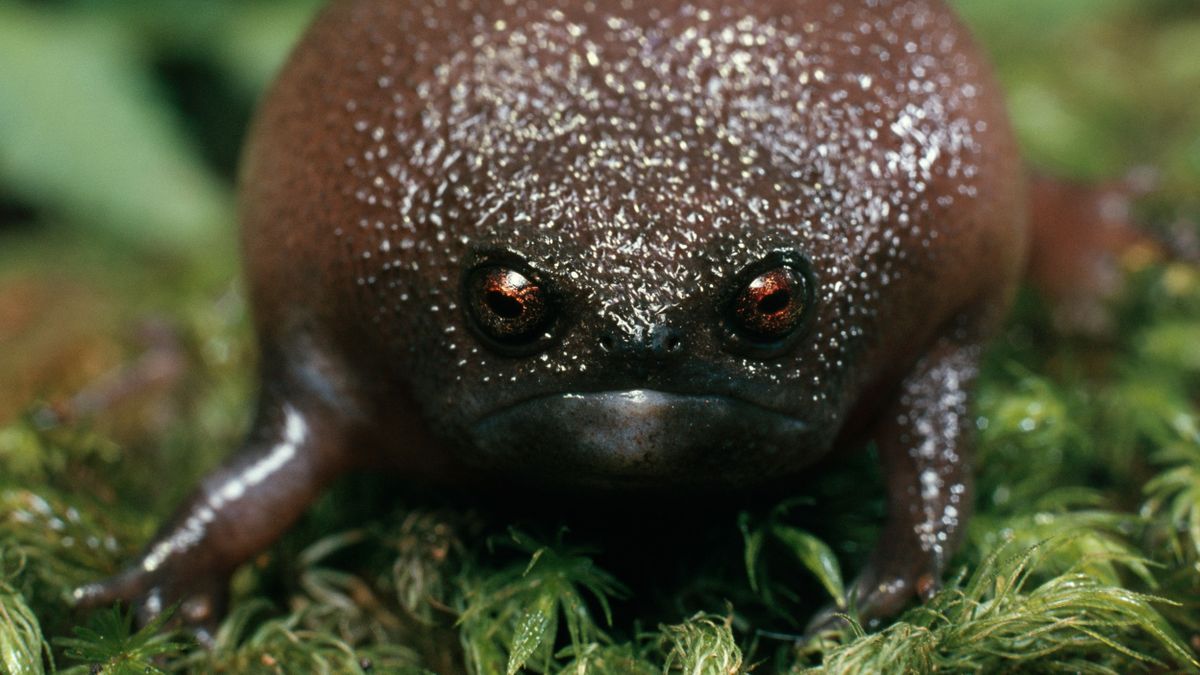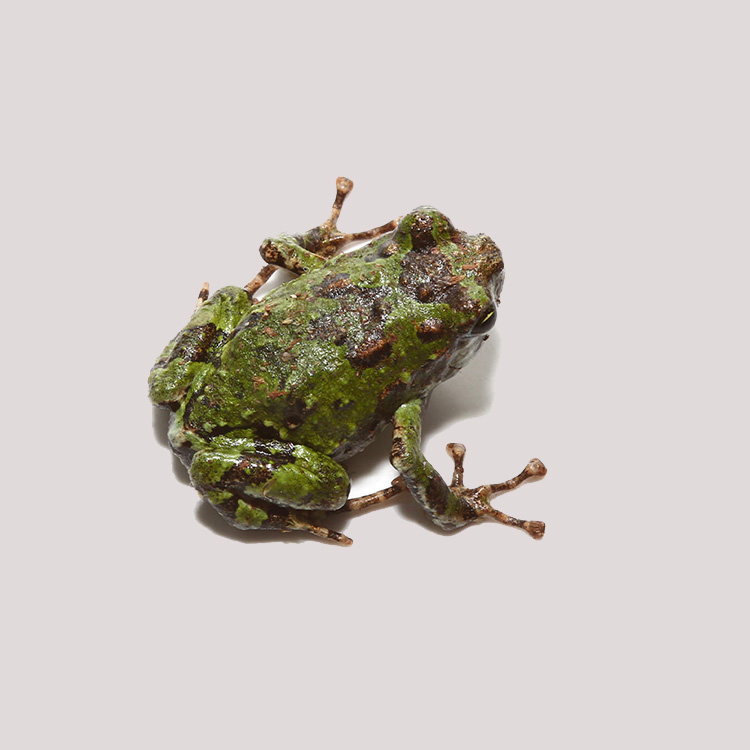Rain Frog for Sale: Explore Uncommon Amphibian Animals at Unbeatable Costs!
Rain Frog for Sale: Explore Uncommon Amphibian Animals at Unbeatable Costs!
Blog Article
The Ideal Reptile Enclosures: Exactly How to Develop the Perfect Environment
Developing the excellent habitat for reptiles is not simply about placing them in a tank or unit; it involves a thoughtful factor to consider of numerous variables that add to their overall wellness. From the dimension of the enclosure to the sort of substratum used, every element plays an important role in supplying an atmosphere where your reptile can grow. By understanding the certain demands of your reptile varieties and implementing the right environment configuration, you can guarantee their health and wellness and joy in captivity.
Selecting the Right Room Size
When selecting an unit size for reptiles, it is critical to consider their all-natural habits and space requirements to guarantee their health and health and wellness. When it comes to habitat space, various reptile species have differing requirements. Arboreal species like chameleons or tree snakes need upright space for perching and climbing up, while earthbound types such as bearded dragons or leopard geckos require even more flooring room for discovering and thermoregulation. Marine turtles like red-eared sliders necessitate enclosures with both water and land locations for swimming and basking.
A general regulation of thumb is to provide adequate room for the reptile to exhibit natural behaviors, such as basking, concealing, climbing up, and foraging. By thoroughly taking into consideration the details requirements of the reptile varieties in inquiry, proprietors can produce a suitable and enhancing habitat that advertises overall health and motivates all-natural behaviors.
Setting Up Appropriate Burner
To make certain the health and wellness of reptiles in their units, it is vital to very carefully establish up appropriate home heating aspects. Reptiles are ectothermic animals, indicating they count on outside warm resources to control their body temperature. When setting up burner in a reptile enclosure, it is crucial to consider the specific temperature level needs of the varieties you are taking care of. Different reptiles have varying temperature requires based upon their natural habitat, so it is very important to study and understand these demands.
One common and reliable burner for reptile enclosures is a warmth lamp or ceramic warmth emitter. These warm sources can be utilized to create a temperature level gradient within the unit, enabling reptiles to relocate between warmer and cooler locations as needed. Additionally, under-tank home heating pads or heat floor coverings can be this article used to give tummy warmth, which is especially beneficial for reptiles that need extra heat to assist in digestion.
Monitoring the temperature within the room making use of a thermometer is vital to ensure that the heating components are maintaining the suitable temperature level array for your reptile. Frequently examine and adjust the burner as needed to develop a comfy and healthy atmosphere for your flaky close friend.
Selecting Appropriate Lighting Fixtures

Offering the Suitable Substratum
Picking the proper substratum is necessary for producing a appropriate and comfortable environment for reptiles in their enclosures. Some reptiles, such as desert-dwelling varieties like bearded dragons, grow on substratums like calcium sand or reptile rug, moved here while others, like sphere pythons, choose coconut husk or aspen bedding to maintain moisture degrees.
Moreover, the size of the reptile should additionally affect your option of substrate, as hatchlings may need a better material to stop ingestion. Avoid substratums that can create impaction, such as loosened substratums like sand or crushed rock, specifically for reptiles recognized to consume their bedding. Frequently cleaning and changing the substratum is important to ensure a tidy and hygienic environment for your reptile. By picking the suitable substrate, you can add to the general health and health of your scaly friend.
Designing for Enrichment and Comfort
Thinking about the substrate's role in providing a structure for all-natural habits and preserving an appropriate environment, enhancing the reptile unit with appropriate decorations is essential for both enrichment and comfort. When enhancing the enclosure, it is vital to think about the reptile's species-specific demands and behaviors to develop an area that advertises physical and psychological well-being. By incorporating a selection of decors that simulate the reptile's natural environment, proprietors can ensure their pet's convenience and promote their natural reactions, inevitably leading to a happier and much healthier reptile.
Final Thought

Producing the excellent habitat for reptiles is not just regarding positioning them in a tank or room; it entails a thoughtful factor to consider of numerous elements that add to their total health.Selecting the proper substratum is essential for producing a ideal and comfortable environment for reptiles in their rooms. look at this now Some reptiles, such as desert-dwelling types like bearded dragons, grow on substratums like calcium sand or reptile carpeting, while others, like ball pythons, choose coconut husk or aspen bed linen to preserve moisture degrees.
By including a selection of decors that mimic the reptile's natural habitat, owners can ensure their animal's comfort and stimulate their natural impulses, eventually leading to a happier and healthier reptile.
In conclusion, producing the optimal habitat for reptiles includes choosing the suitable room size, heating elements, lighting components, substratum, and decors.
Report this page